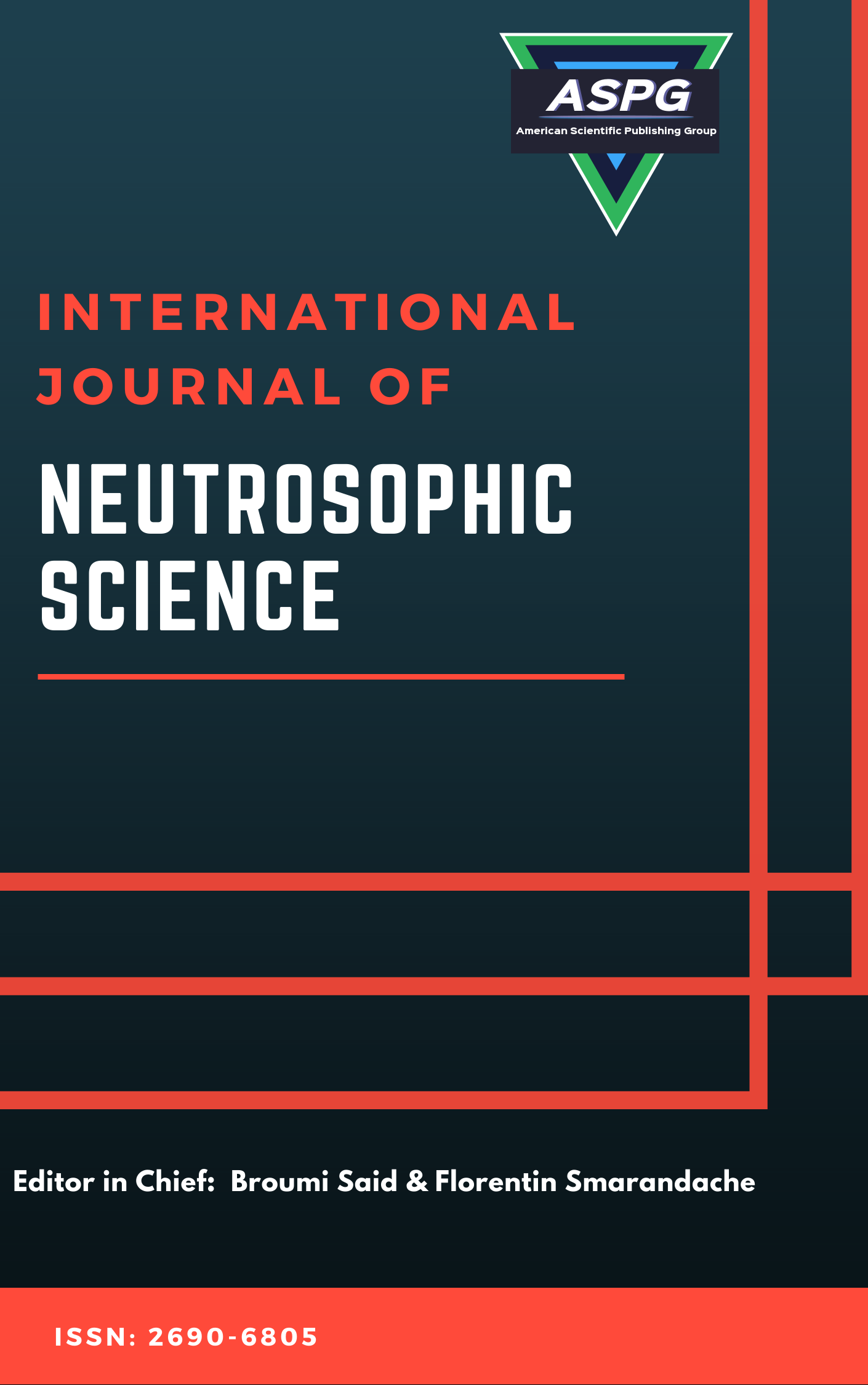

Volume 26 , Issue 3 , PP: 279-286, 2025 | Cite this article as | XML | Html | PDF | Full Length Article
Maissam Jdid 1 * , Florentin Smarandache 2
Doi: https://doi.org/10.54216/IJNS.260320
Nonlinear programming is one of the most important methods used to obtain the optimal solution to many real-world problems. Given the importance of this method, numerous studies and research have been conducted in recent years with the aim of providing methods that help find the optimal solution. These studies and research have resulted in a basic structure used to find these solutions. This structure initially indicates that the optimal solution can be found at any boundary point in the feasible region, at a point within the feasible region, or at a discontinuity point. In this research, we present some of the important foundations and principles of nonlinear programming and the gradient projection method used in searching for the optimal solution to unrestricted nonlinear programming problems. We will reformulate these foundations and principles using neutrosophic logic concepts as a complement to our previous research, the aim of which is to provide a new vision for some operations research methods, a neutrosophic vision. Our focus will be on the improvement these concepts offer when used in the field of applied mathematics, through the more accurate and comprehensive solutions we obtain, which provide a margin of freedom commensurate with the Given the reality we live in, and the changes that can occur to the data of the actual issue under study, this requires decision makers to prepare many appropriate alternatives for each change.
Nonlinear programming , Feasible region , Optimal solution Neutrosophic logic concepts
[1] F. Smarandache and M. Jdid, "On Overview of Neutrosophic and Plithogenic Theories and Applications," PAMDA, 2023. [Online]. Available: https://doi.org/10.54216/PAMDA.020102.
[2] F. Smarandache and M. Jdid, "Research in the field of neutrosophic operations research volume (1)," 2023. [Online]. Available: https://fs.unm.edu/NeutrosophicOperationsResearch.pdf.
[3] M. Jdid and F. Smarandache, "Decision Making in the Case of Confirmed Data Neutrosophic Linear Models to Choose the Advertising Medium," International Journal of Neutrosophic Science, vol. 25, no. 3, pp. 106-114, 2025. [Online]. Available: https://doi.org/10.54216/IJNS.250310.
[4] G. V. Reklaitis, A. Ravindran, and K. M. Ragsdell, Engineering Optimization: Methods and Applications, Wiley, Interscience, New York, 1983.
[5] D. G. Luenberger and Y. Ye, Linear and Nonlinear Programming, 4th ed., Stanford University, 2008. [Online]. Available: https://industri.fatek.unpatti.ac.id.
[6] M. Dabbas, Mathematical Programming, Aleppo University, Syria, 2010.
[7] J. S. Bugaha and W. Mualla, Operations Research Translator into Arabic, The Arab Center for Arabization, Translation, Authoring and Publishing, Damascus, 1998.
[8] R. Black and T. Green, "Linear Programming Techniques for Resource Allocation," Journal of Economic Theory, vol. 29, no. 3, pp. 75-90, 2021. DOI: 10.1016/j.jet.2021.07.005.
[9] K. White and Q. Zhang, "Mathematical Models for Environmental Sustainability," Journal of Environmental Science and Technology, vol. 55, no. 4, pp. 200-215, 2023. DOI: 10.1016/j.jest.2023.01.009.
[10] V. Singh, "Fuzzy Logic and Neutrosophic Applications in Engineering," Journal of Engineering Mathematics, vol. 15, no. 1, pp. 50-65, 2024. DOI: 10.1000/jem.2024.0012.
[11] D. Lee and M. Kim, "Neutrosophic Decision-Making Models for Smart Cities," Smart City Journal, vol. 8, no. 1, pp. 30-45, 2022. DOI: 10.1000/scj.2022.0034.